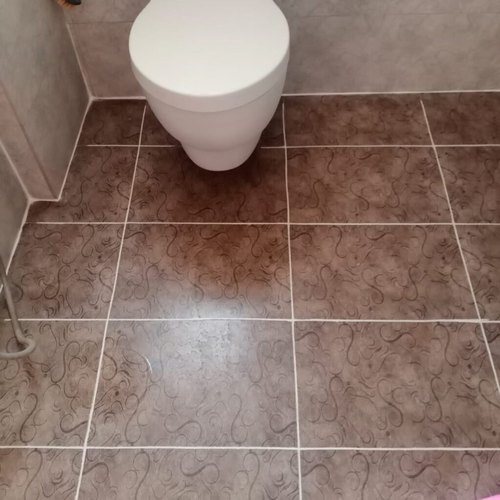Bathroom Waterproofing: Ensuring Durability and Protection
Bathroom waterproofing is a critical aspect of construction and home maintenance, as it prevents water damage and the growth of mold and mildew. Given the constant exposure to moisture, bathrooms are highly susceptible to water-related problems, which can lead to structural damage, peeling paint, rust, and unhealthy living conditions. Waterproofing ensures the longevity of the bathroom's surfaces, protects the underlying structures, and reduces repair costs over time. Here’s a comprehensive overview of bathroom waterproofing.
Importance of Bathroom Waterproofing
Waterproofing your bathroom is essential for maintaining a safe and durable environment. Bathrooms experience high moisture levels due to showers, sinks, and bathtubs, making it a breeding ground for water infiltration. Left unchecked, water can seep into the walls, floors, and ceilings, leading to issues such as:
-
Mold and Mildew Growth: These fungi thrive in damp environments, leading to unsightly stains, unpleasant odors, and potential health risks, particularly for those with respiratory conditions.
-
Structural Damage: Constant exposure to moisture can weaken structural elements like wood, metal, and drywall, potentially leading to costly repairs and compromised integrity.
-
Floor Damage: Water can seep through floor tiles or cracks, affecting the flooring material, causing warping or cracking in wooden floors, and weakening grout joints.
-
Paint and Surface Deterioration: Without proper waterproofing, painted surfaces and finishes can peel and discolor due to prolonged exposure to moisture.
Waterproofing Techniques
Various techniques and materials can be employed to effectively waterproof a bathroom. The choice of method depends on the specific requirements and the structure of the bathroom.
-
Waterproof Membranes: Membranes are thin layers of material that prevent water from penetrating surfaces. They are often applied to floors and walls before tiling. There are two main types of waterproof membranes:
- Sheet Membranes: These are pre-formed sheets that are bonded to the surface and then sealed around the edges to create a barrier against water.
- Liquid Membranes: These are painted onto surfaces as a liquid that dries to form a flexible waterproof layer. They are ideal for areas with irregular shapes.
-
Waterproofing Paints: Specially formulated paints can be applied to walls and floors to create a waterproof barrier. These paints contain additives that resist water penetration and mold growth.
-
Waterproofing Sealants: Silicone-based sealants are used to seal gaps around bathtubs, sinks, and toilets where water could seep in. They are highly effective for joints, edges, and corners.
-
Tile Installation: Tiles are commonly used in bathrooms, as they are waterproof and easy to clean. However, the grout used between tiles must be sealed properly to prevent water from seeping into the underlying structure.
-
Cementitious Waterproofing: This method involves the use of a cement-based coating applied to walls and floors. It is highly effective for areas that experience high water exposure, such as the shower area.
Steps for Effective Bathroom Waterproofing
-
Surface Preparation: The surface must be clean, dry, and free of any debris before applying waterproofing solutions. Any cracks or holes should be patched up to ensure a smooth base for the waterproofing layers.
-
Apply Membranes or Coatings: Once the surface is prepared, the chosen waterproofing membrane or coating is applied according to the manufacturer's instructions. This typically involves applying multiple coats and ensuring each layer is properly cured before adding the next.
-
Tiling and Grouting: After the waterproofing layer is in place, tiles can be installed. It’s important to use waterproof grout to fill in the spaces between tiles and to ensure all corners and joints are sealed properly.
-
Final Inspection: After installation, check the bathroom for any areas where water may seep through. Test the waterproofing by spraying water on various surfaces and inspecting for leaks or dampness.
Conclusion
Bathroom waterproofing is a proactive measure that significantly enhances the durability and hygiene of the space. By investing in high-quality materials and proper application techniques, homeowners can protect their bathrooms from water-related damage, avoid costly repairs, and ensure a clean and healthy environment for years to come. Whether remodeling an existing bathroom or constructing a new one, waterproofing is a crucial step in building a safe and lasting bathroom space.
